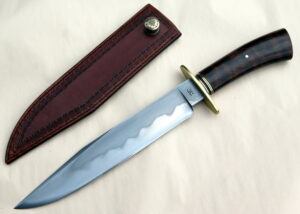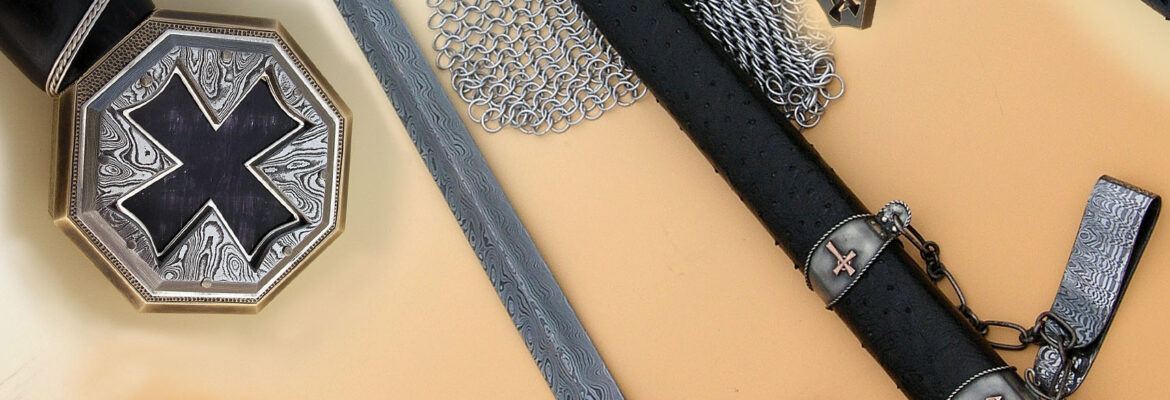June 16, 2024 by Heather
How To Chose The Correct Steel For Your Project – Part 2
Localized Selection: Finding the Right Steel Near You
Choosing the right steel is crucial for knife makers aiming to create high-quality blades. This process involves understanding what’s available locally, recognizing the benefits of sourcing steel nearby, and comparing international steel standards. Let’s dive into the steps you need to take.
As an Amazon Associate I earn from qualifying purchases.
List of Knife-Related Suppliers in South Africa.

How to Research and Determine Available Knife Steels in Your Country or Region
- Local Suppliers and Distributors: Begin by identifying local suppliers and distributors specializing in knife steels. Visiting their websites or stores can provide insight into the types of steels they offer. Direct interaction with these suppliers can also reveal which steels are popular and recommended in your region. Living in South Africa we are quite limited to what steels are produced in our country.
- Online Communities and Forums: Join knife-making forums, social media groups, and online communities. These platforms are valuable resources for recommendations and shared experiences from other knife makers in your area. Occasionally, clubs will pool their money in order to buy the minimum quantity of specialized steel from an overseas supplier.
- Trade Shows and Workshops: Attend local trade shows, workshops, and exhibitions related to metalworking and knife-making. These events are excellent for networking and discovering new suppliers and steel types.
- Manufacturer Websites: Check the websites of well-known steel manufacturers. Many list where their products are distributed globally, helping you find local sources. Keep in mind that steels are often called different names in different countries!
Benefits of Sourcing Steel Locally
- Availability: Sourcing locally ensures quicker and easier access to the steel you need, with local suppliers more likely to have stock available, reducing waiting times. https://amzn.to/45XoBMn
- Shipping Considerations: Buying locally eliminates international shipping costs and potential delays.
- Supporting Local Businesses: Purchasing from local suppliers supports the local economy and fosters community relationships, which can be beneficial for future projects.
International Steel Standards and Equivalencies
Understanding international steel standards and their local equivalents is crucial for informed decisions:
- Steel Grade Comparisons: Use online resources and steel grade comparison charts to match international steel grades with their local equivalents, helping you identify the right steel based on its properties and composition.
- Standards Organizations: Familiarize yourself with standards organizations like the American Iron and Steel Institute (AISI) and the European Committee for Standardization (CEN), which provide standardized information about steel grades.
- Spec Sheets: Always request spec sheets from suppliers, as these documents provide detailed information about the steel, including its chemical composition, forging temperatures and heat treatment methods.
Financial Planning for Your Knife-Making Project
Budget Considerations
- Balancing Cost and Quality: Determine how much you are willing to spend on steel while ensuring it meets your quality requirements. High-quality steel may be more expensive, but it offers better performance and durability.
- Value Proposition: Assess the cost versus performance of different steels. Sometimes, a mid-range steel may offer the best balance between affordability and quality for your specific needs.


Tips for Minimizing Costs
- Bulk Purchases: Buying steel in bulk can reduce costs per unit. Consider pooling resources with other knife makers or clubs to purchase larger quantities.
- Local Discounts and Deals: Keep an eye out for local discounts, sales, and deals. Establishing a good relationship with suppliers can also lead to better prices over time.
- Secondary Markets: Explore secondary markets for steel, such as surplus stores or auctions, where you might find high-quality steel at lower prices. It pays to have secondhand steel tested in a laboratory to ensure it is the steel you require.
Navigating Steel Pricing
- Price Tracking: Regularly monitor steel prices to identify trends and buy at the right time. Prices can fluctuate based on market conditions, so staying informed is key. This applies to us in South Africa as the U.S. Dollar and our local Rand are very volatile.
- Reputable Sources: Always buy from reputable sources. Insist on a spec sheet to ensure you get what you pay for. Avoid deals that seem too good to be true, as they often are. We have been sold mild steel instead of spring steel, with a certificate! We now do a basic “spark test” whenever we buy new steel! Here is a link to a video that we made on basic spark testing.

Dealing with Steel Fads
While it’s tempting to try every new steel that hits the market, it’s more practical to become proficient with a few tried-and-true options. Introduce new steels gradually and avoid frequently switching from one to another. This approach allows you to master the characteristics and handling of your preferred steels, leading to more consistent and high-quality results.
Documentation and Quality Assurance
Keep detailed records of the steels you use for each knife, and provide customers with a certificate of origin. This document should state the steel type and its composition. High-quality steel from reputable companies should be free from imperfections, but always inspect your materials closely. Yes, steel can have inclusions, cracks and bubbles in it!
Leveraging Technology
Utilize steel apps and online resources to stay updated on steel properties and manufacturer specifications. However, ensure the information comes from reliable sources, preferably the steel manufacturers themselves.
By following these guidelines, you can effectively source, select, and budget for the best knife steel for your projects, ensuring high-quality outcomes and customer satisfaction.
The steel you use for your blade is often the cheapest of all the materials used on your knife, yet it is also its life and soul!




Leave a Reply